
McLaren wants to win 2027 Triple Crown with Le Mans Hypercar
McLaren will enter the Le Mans Hypercar class for the very first time in 2027 – and is gunning to win motor sport's 'Triple Crown' all in one year
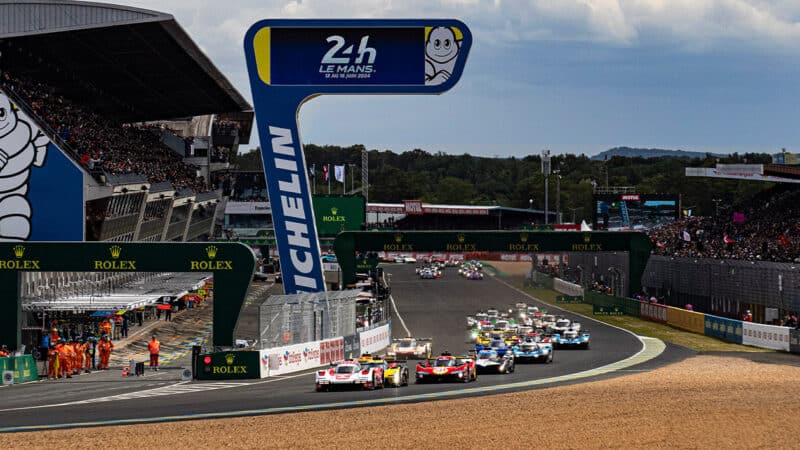
Start of the 2024 Le Mans 24 Hours
Toyota
New to the Le Mans 24 Hours? Our guide will have you nodding at mentions of triple stints and bronze drivers in no time.
You’re best off watching Le Mans to understand exactly why this is one of the world’s greatest races, but before you do, have a scan of the ten key points below, and you’ll know all you need to appreciate the magic.
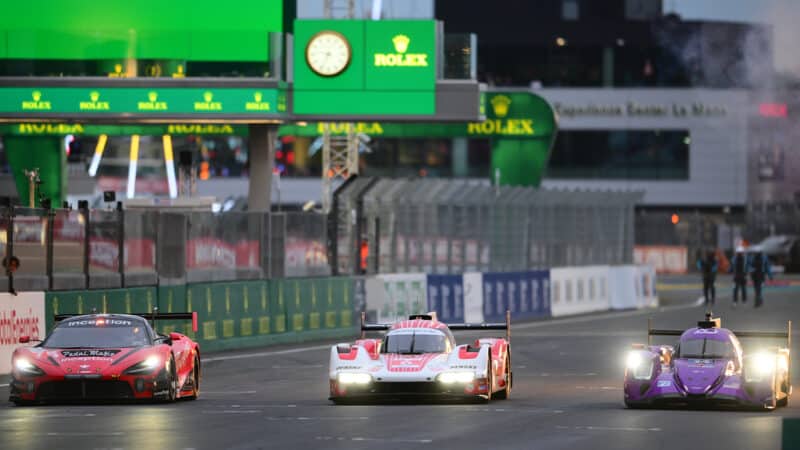
Porsche Hypercar centre with McLaren LMGT3 left and Oreca LMP2 on right
Andrea Diodato/Getty Images
The Le Mans 24 Hours is three races in one, with different categories of cars competing within the same round-the-clock race.
The top, fastest category is called Hypercar and features purpose-built racing cars, with top speeds of over 210mph. These cars fight for the overall race victory; manufacturers include Ferrari, Porsche, Toyota, Cadillac, Alpine, BMW, Lamborghini and Peugeot. You can identify these by their red background to their race numbers.
The middle category is known as LMP2. These are also purpose-built racing cars, slower than Hypercars — although still reaching around 200mph at the fastest point — and have a blue background on their race numbers
LMGT3 cars bear a close resemblance to road-going supercars, and share some parts with them. They include the Ford Mustang, McLaren 720S, Ferrari 296 and Porsche 911. They are clearly distinct from the other two categories, and have an orange background to their race numbers. Top speed at Le Mans is around 185mph.
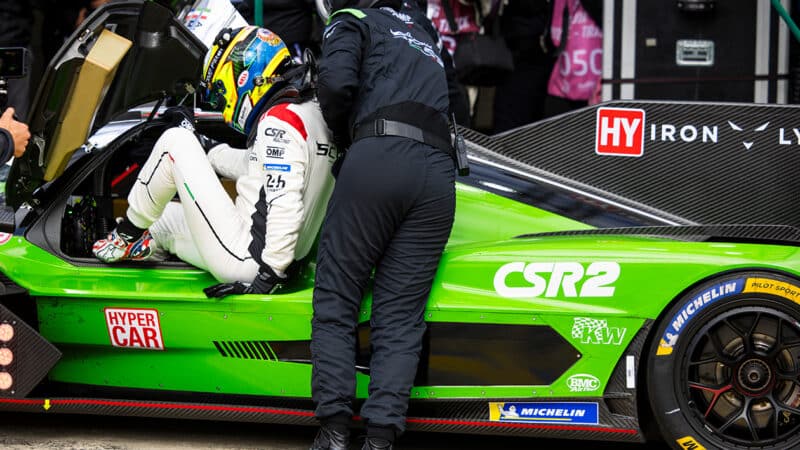
Deriver change at Lamborghini
Julien Delfosse / DPPI
No driver is expected to complete the full 24 hours alone — and neither are they allowed to. Each team has three drivers and none can drive for more than 14 hours. However, this rule is effectively redundant, as there’s also a regulation that each driver must be in the car for at least six hours, making it impossible for a single driver to clock up 14 hours.
There is one further restriction: no driver can drive for more than four hours in a six-hour period.
The drivers change over in pitstops — typically when the car is refuelled and the tyres changed too, giving them an opportunity to swap over without losing additional time.
Don’t underestimate the challenge of racing twice round the clock: visibility decreases at night, and fatigue can set in during the early hours of the morning, although drivers have too much adrenalin to fall asleep behind the wheel.
That said, the night brings cooler temperatures too, which helps extend tyre life, and it’s the favourite period of the race for many competitors. Morning brings the challenge of the low sun obscuring visibility and increasing amounts of debris on the track, made up of balls of rubber from tyres as they degrade and small pieces of carbon fibre from damaged bodywork. This can make passing another car, off the racing line, treacherous.
The Circuit de la Sarthe is part permanent track, but mostly public road. For most of the year, the D338 is a convenient route south, interspersed by roundabouts. But in June, it becomes the mighty Mulsanne Straight, featuring the highest speeds of the full 8.467 mile layout. It used to be even faster until they added two chicanes on safety grounds, and it was here where Mark Webber and Peter Dumbreck famously flipped in their Mercedes CLR-GT1s in 1999.
The tight Mulsanne corner brings the straight to an end. The track then follows more public roads until it approaches the Porsche Curves towards the end of the lap. If you’re in a Hypercar with low fuel and fresh tyres, you can complete the tour in under 3min 30sec.
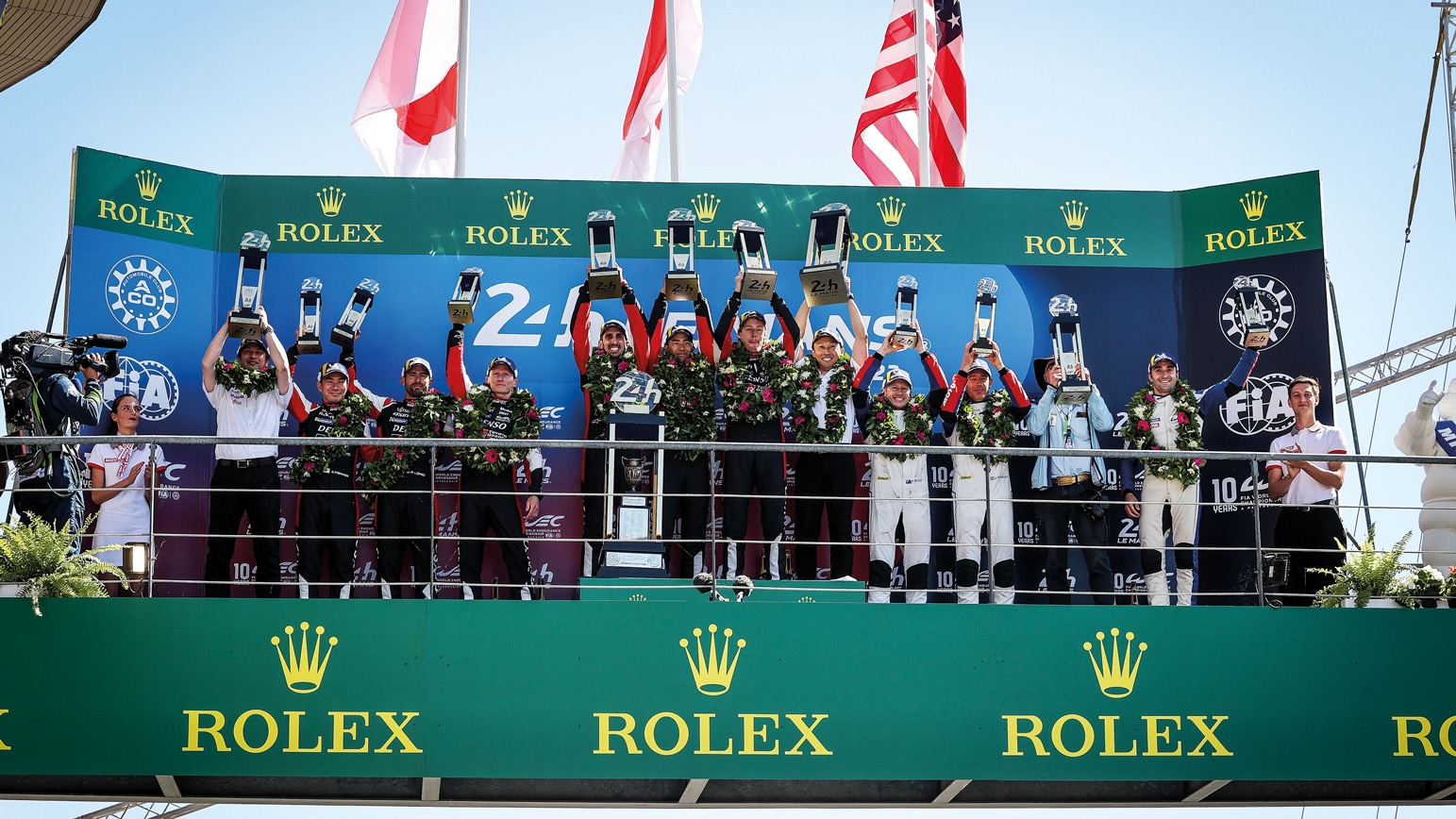
The Le Mans podium in 2022
Getty Images
It might be a 24 hour race, but it doesn’t actually end until the chequered flag is waved, which is usually at the end of the lap where the clock ticks over to 3pm (BST).
The winner is the car that has covered the most distance when the chequered flag is waved. As the flag is brandished when the leading car crosses the line, that car is the winner.
Officials do not take grid position into account, so if the car that started on pole crossed the line a few centimetres ahead of one that started way down the grid, it would still win, even though the second-placed car had technically travelled further.
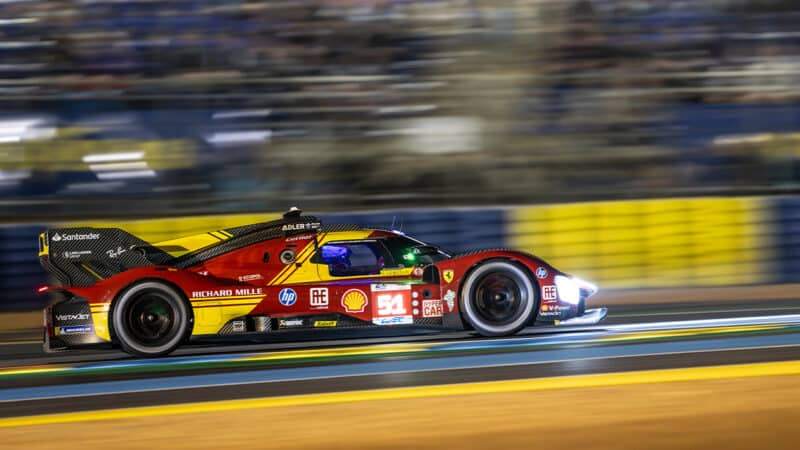
Drivers race as fast as they can for the full 24 hours
Ferrari
For most of its history, the Le Mans 24 Hours has become a race of stamina. Cars needed plenty of care over the course of the race to ensure that they got to the finish. A slow and steady performance was typically the way to win.
But the arrival of Audi’s dominant cars in the 2000s set a new standard: these machines could race flat out for the full 24 Hours. Since then, that has been the only way to claim victory
That’s not to say, however, that the drivers can be reckless. Keeping off the kerbs is key, as repeatedly crashing over them can terminally weaken components.
Given the similar pace in each categories, and increasing reliability, any car issue can rule you out of victory.
It’s easily lost in the hubbub: the Le Mans 24 Hours is one of the eight rounds in the World Endurance Championship. But, much like the Indy 500, the race’s challenge and prestige means that, for many, it’s a higher profile event than the championship itself.
That’s reflected in the double points awarded for the race, with 50 on offer rather than the standard 25.
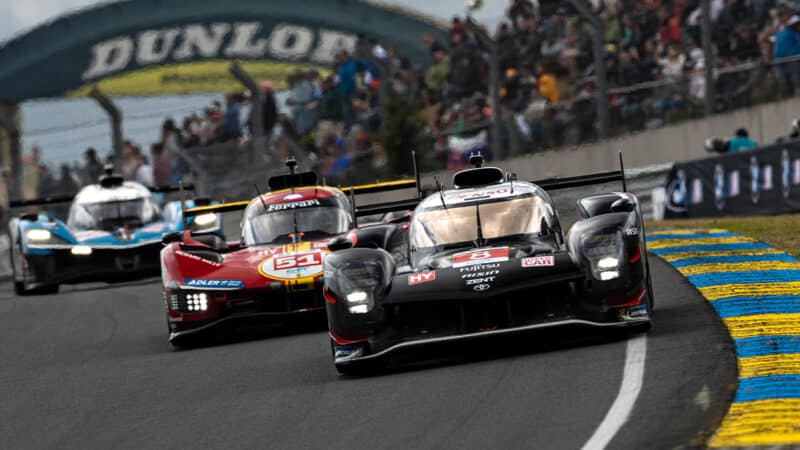
Close competition is fostered by BoP
Toyota
The close grids are no happy coincidence. Some would say they are artificial because all cars are subject to tight restrictions on power and aerodynamic performance, which mean that they are all end up with similar pace.
In addition, the Hypercar grid is regularly kept close by Balance of Performance: a mechanism that adds or removes power and weight, based on previous race results and simulations.
This helps to make races unpredictable and tight until the very end, but also rewards set-up and driving talent rather than design upgrades.
It’s almost a guarantee of close racing, but also cuts costs by reducing the incentive for teams to work on expensive development work — why bother when your car will be penalised?

Valentino Rossi races a BMW in LMGT3 in 2024
Ker Robertson/Getty Images
From the very start, Le Mans has attracted so-called gentleman drivers in addition to manufacturer-backed entries.
These talented amateurs continue to play a part in the modern era and are crucial to maintaining the race’s large grid, even alongside ex-Formula 1 drivers such as Romain Grosjean and Jenson Button; IndyCar champions like Alex Palou and Scott Dixon; and MotoGP legend Valentino Rossi.
Most of the top Hypercar drivers will be paid well, but team budgets don’t tend to stretch to running full teams in lower categories, so drivers can buy their way in — most commonly in the LMP2 and LMGT3 categories.
In fact, it’s obligatory to take use less-experienced drivers in the LMP2 and LMGT3 categories, to ensure a more level playing field for all entries.
Drivers are classified from bronze (least experienced) through, silver, gold and platinum (high professional level), based on their age and career, by the FIA, racing’s governing body.
LMP2 teams must include at least one silver or bronze driver and no more than one platinum driver.
LMGT3 teams must have at least one bronze driver, plus another bronze or silver driver.
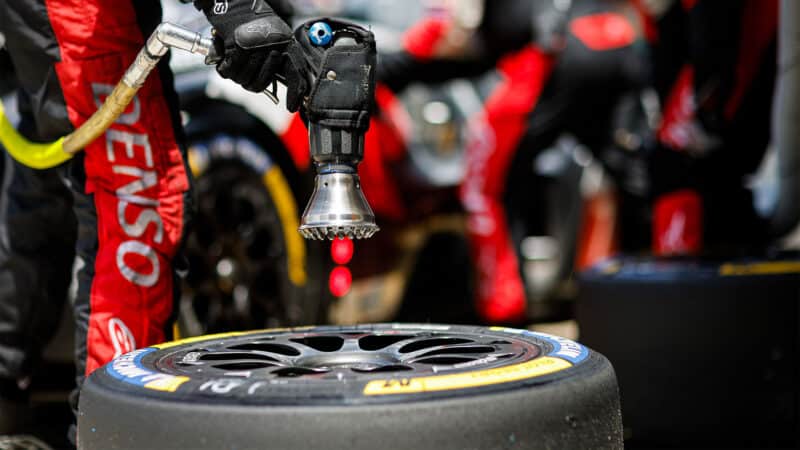
Will tyres decide the 2024 Le Mans 24 Hours?
DPPI
Performance is so close between teams, and reliability so good that efficiency is the way to win at Le Mans.
Drivers can lose two minutes by simply stopping to refuel, when you factor in the time lost while driving slowly down the pitlane, so stretching out your fuel load is crucial. Each period between fuel stops is known as a stint.
The same is true of tyres: mechanics can’t change tyres while refuelling is taking place, so a fresh set of rubber will cost an extra 15sec or so. As a result, drivers try to eke out tyre life to two, three, or — sometimes — four stints.
Driver swaps will typically only take place when tyres are changed because the longer stops allow a new driver to be installed without losing any extra time.

McLaren will enter the Le Mans Hypercar class for the very first time in 2027 – and is gunning to win motor sport's 'Triple Crown' all in one year

A Ford GT40 MkII which managed 12 laps at the famous 1966 Le Mans 24 Hours has become been auctioned for a record amount

Two of racing's biggest rivals are on collision course once more, with the Ford v Ferrari battle for overall Le Mans victory due to resume in 2027 after six decades — and Ford is already talking up the fight
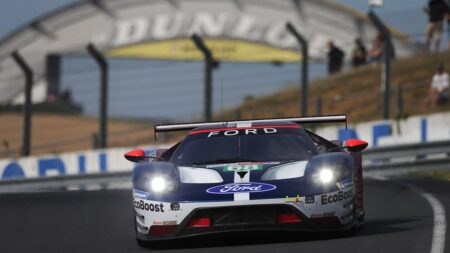
Ford will develop a new top-tier sports car to compete for overall victory in the Le Mans 24 Hours and the World Endurance Championship Hypercar class from 2027 onwards, aiming to continue where its GT40 left off in the 1960s